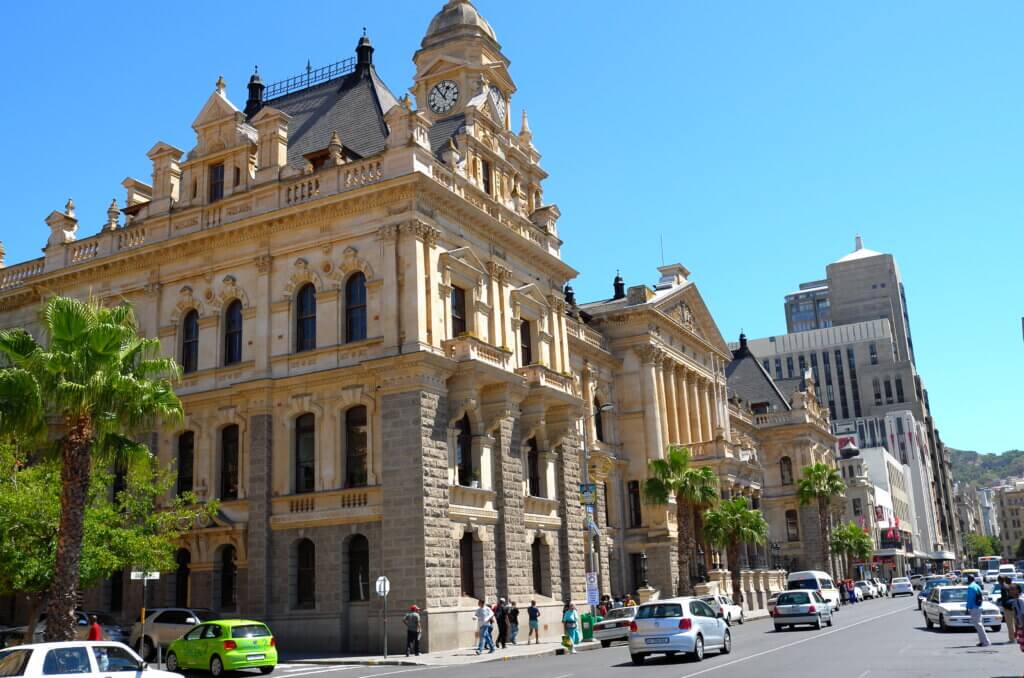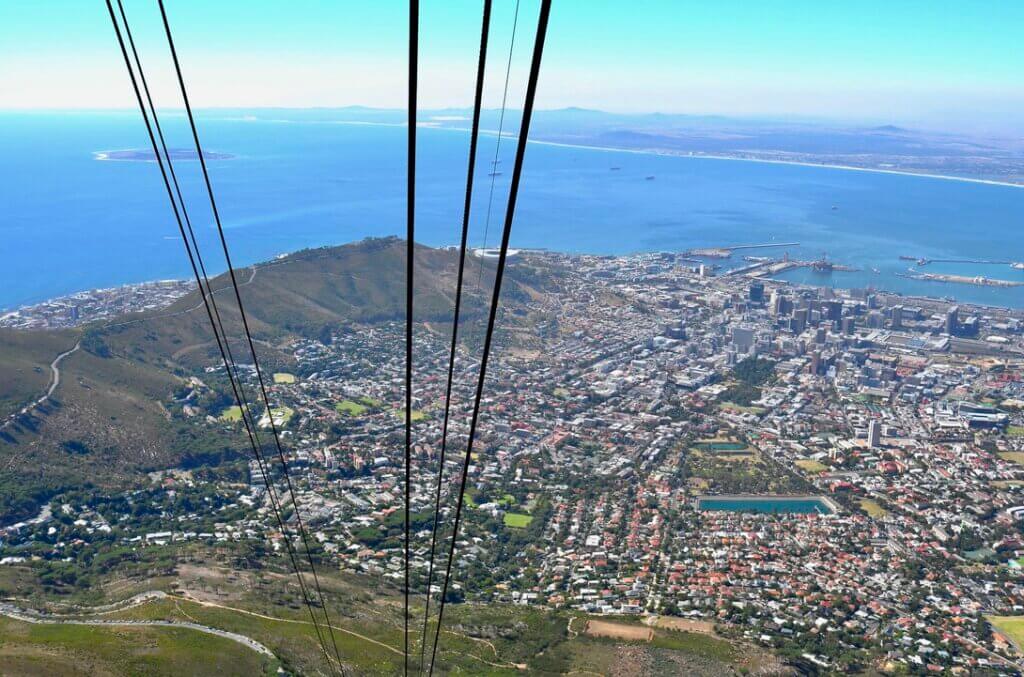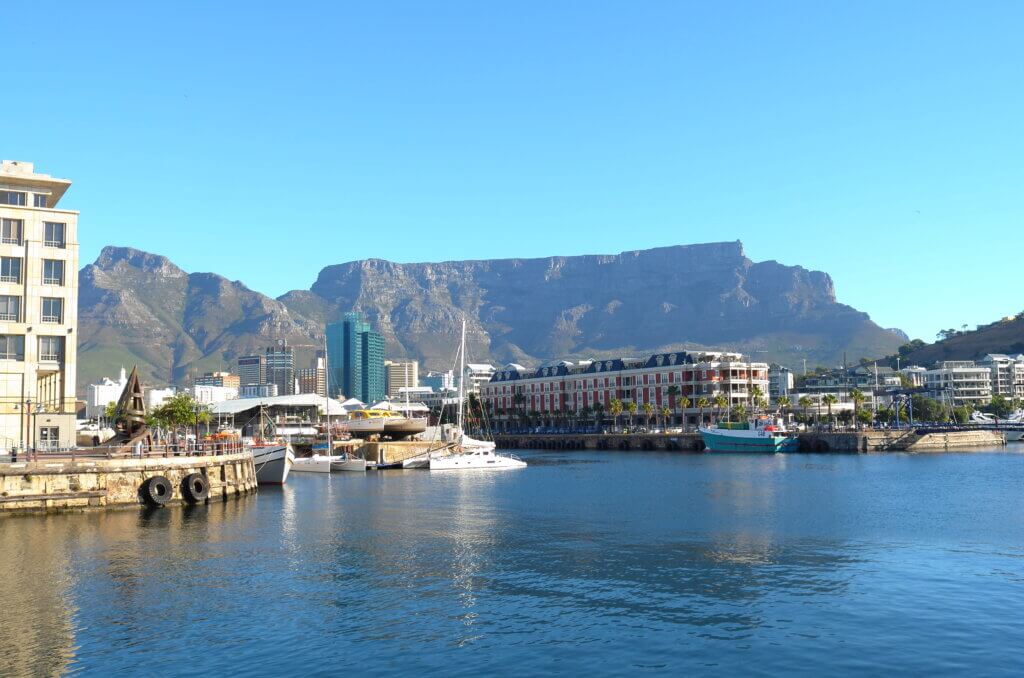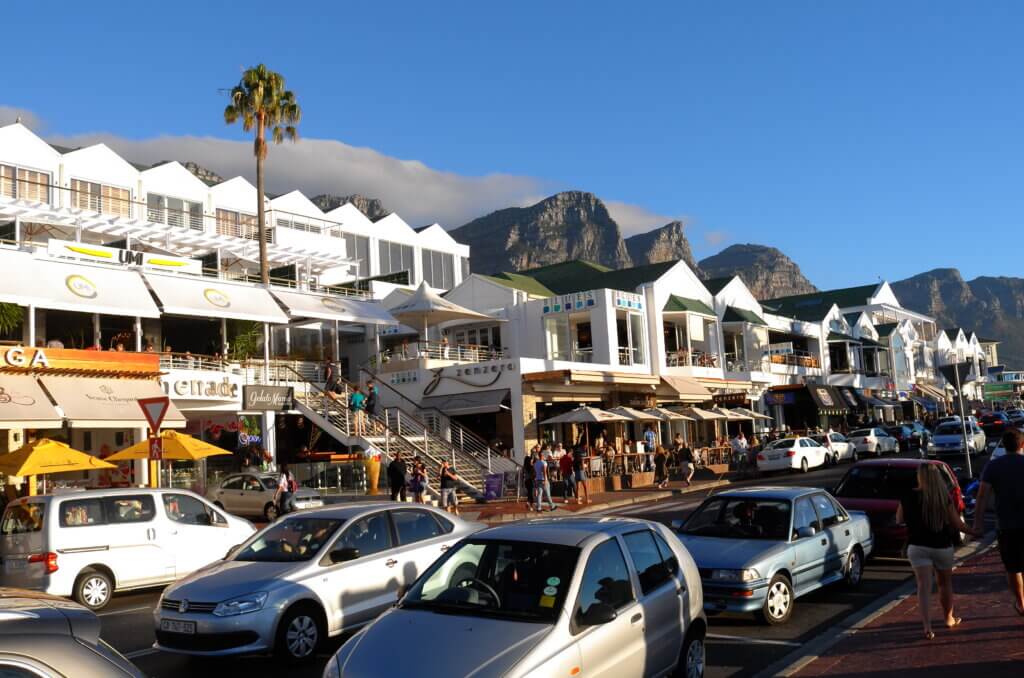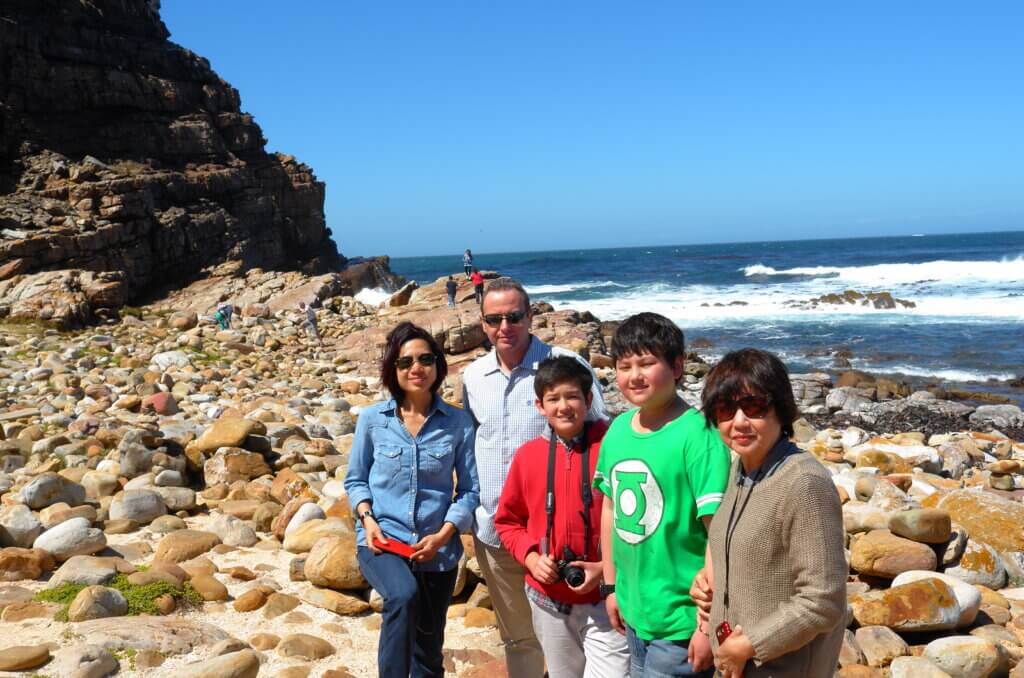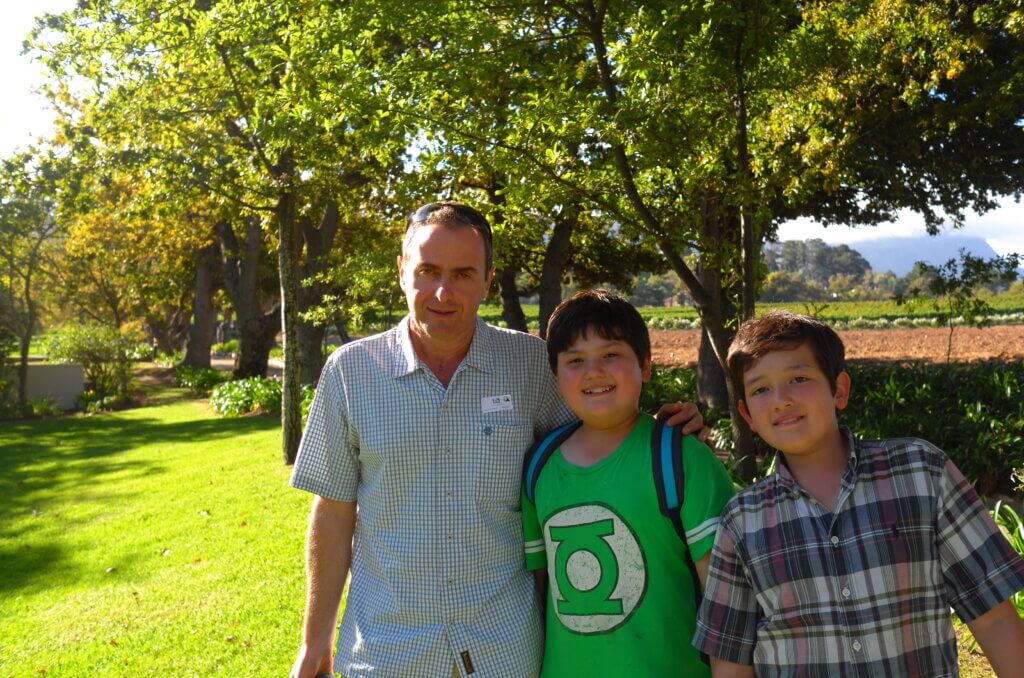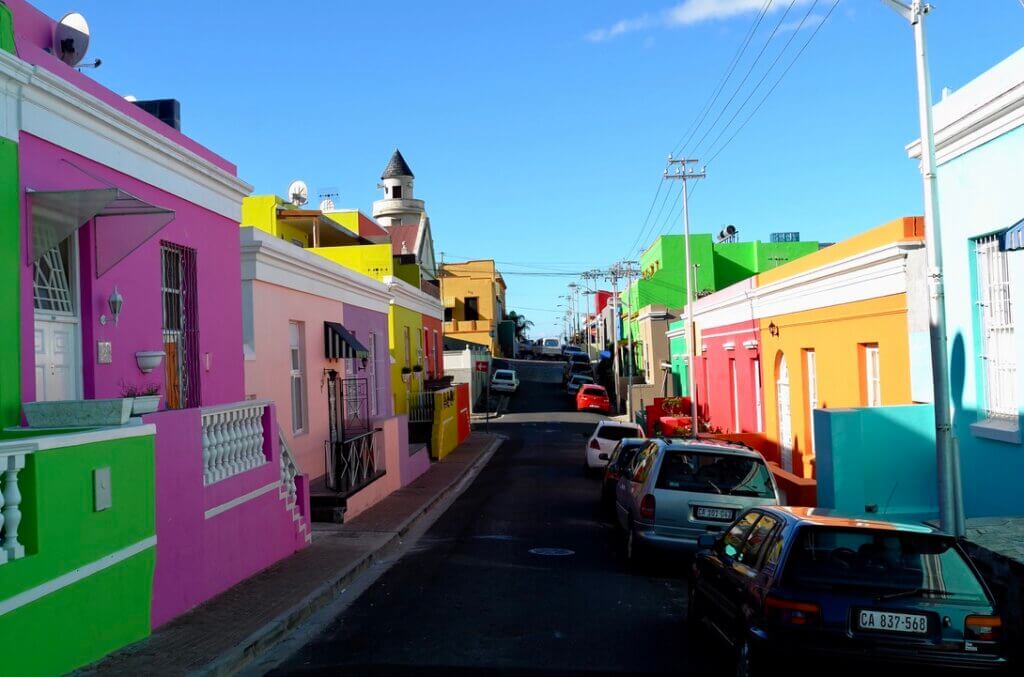South Africa’s “mother city”, Cape Town, was originally set up as a supply station by the Dutch East India Company in the 17th century for its ships plying the route from Europe to the East Indies.
After 350 years of constant blending, Cape Town is one of the most fascinating cities in the world. Dutch, British, French, Malay, Portuguese, Black African and Indian influences are found in every aspect of life, from architecture to the arts, and cuisine. But strangely, that cultural puzzle ends up being distilled into a relaxed, sophisticated, almost Californian lifestyle.
We were last in Cape Town in Dec 1994, just as apartheid ended, Nelson Mandela was elected democratic South Africa’s first president and an infectious optimism pervaded the city. 19 years later, little appears to have changed in terms of the segmentation of society. The upmarket suburbs and shopping malls are still almost exclusively white. Dining at a beach front restaurant in the suburb of Camps Bay today, with expensive cars parked along the sunny street, surrounded by affluent, white diners gave us an eerie sense of deja vu – like being transported back in time to 1994. The same place with the same sort of people!
